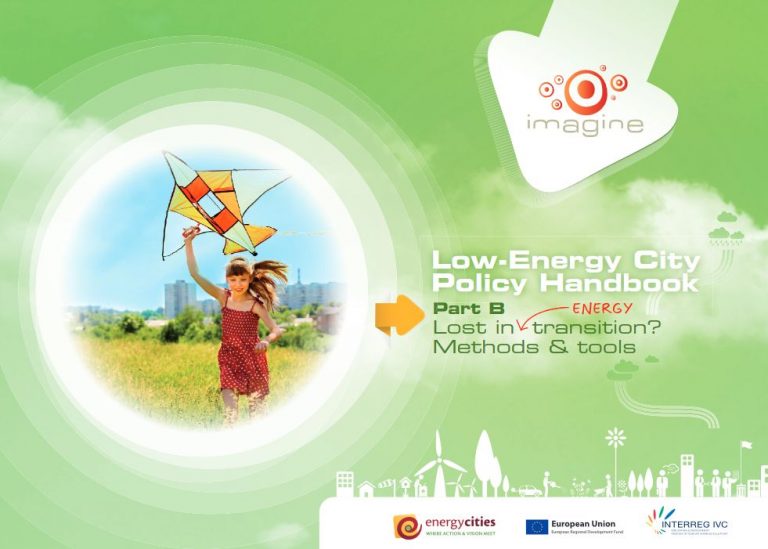Low-Energy City policy handbook part B
Lost in energy transition? Methods & tools

Part B provides insights on citizen and stakeholder involvement at city level, answering the question “how does a city, including all its components, manage to change its energy system?”.
Indeed, the role of local authorities in tackling climate change and energy issues is essential, not only as important players, but mostly as coordinators of a whole mix of stakeholders. This part goes behind the scenes and gives details on the making of local authorities’ efforts in favour of the energy transition.
Who’s afraid of the active citizen?
Negative myths about citizen engagement sometimes prevent elected representatives and decision-makers from engaging as it is “too risky”, “too expensive”, or “inefficient”. Is it really so?
Myths and mistakes
Mob rule
Decision-makers may have had negative experiences of engaging citizens when they were confronted with combative people. Yet, most people are polite and keen to have a civilised, constructive and informed discussion.
Citizens cannot discuss complex issues
There are so many examples of engagement processes where groups of ‘ordinary’ citizens engaged intelligently in complex topics. Engaging people in a meaningful way can have a positive impact on attitudes and beha-viours. We may find that ‘ordinary’ citizens are able to come up with ingenious solutions which may have eluded experts.
Engagement is too expensive…
unless the costs of not engaging are considered together with the costs of your project. Non-enga-gement may result in obstacles with rather serious consequences in terms of costs, both from a monetary (complaints procedures or legal costs) and non-monetary (negative impact on image or decrease in trust) point of view.
